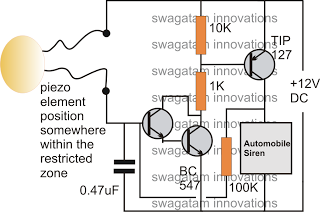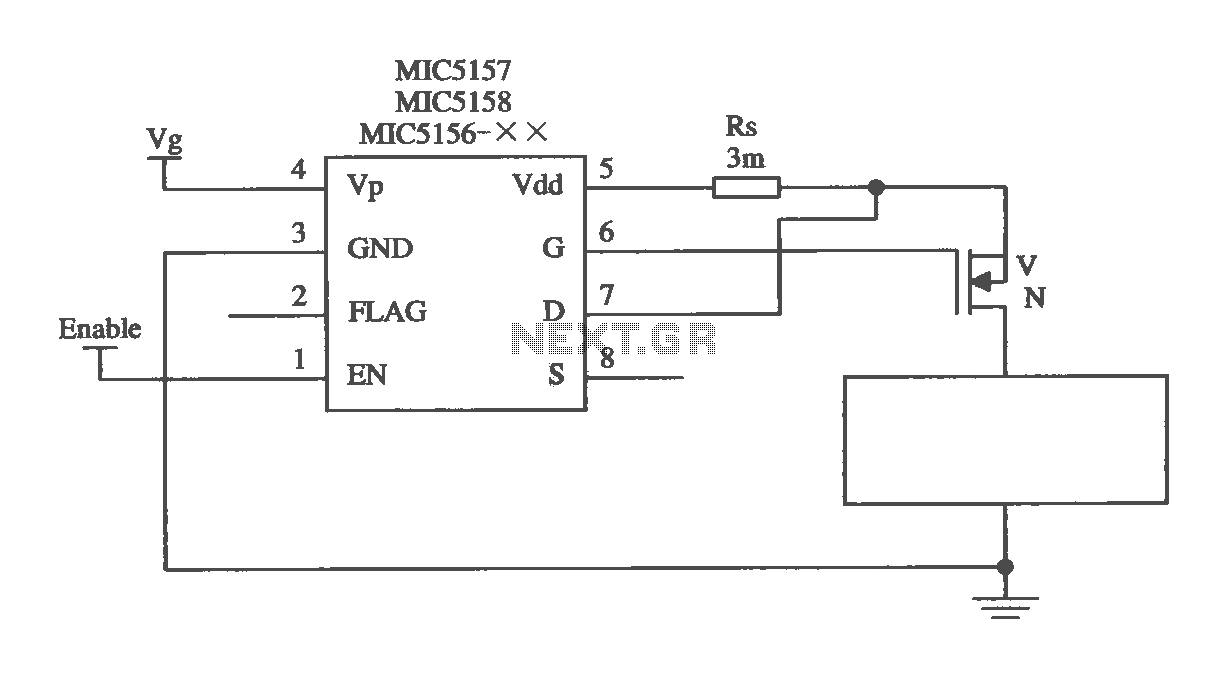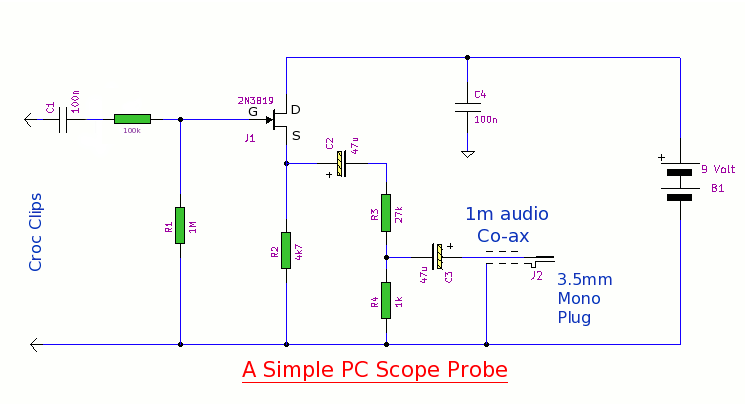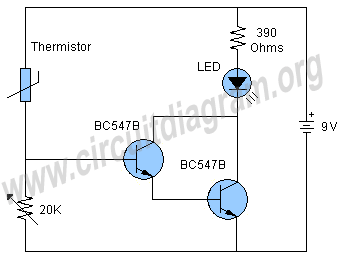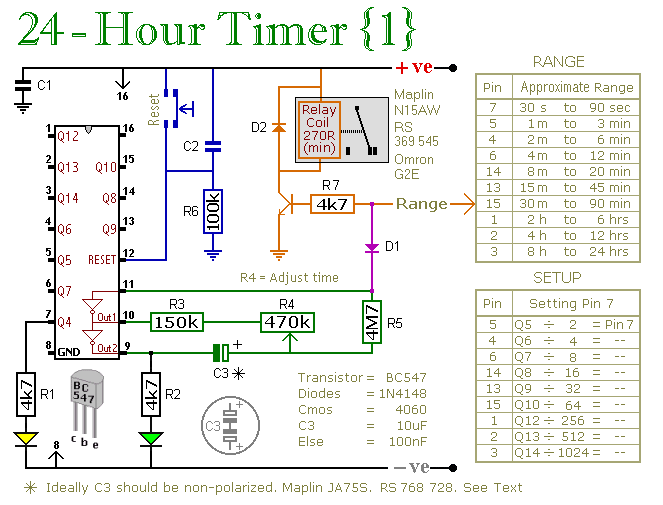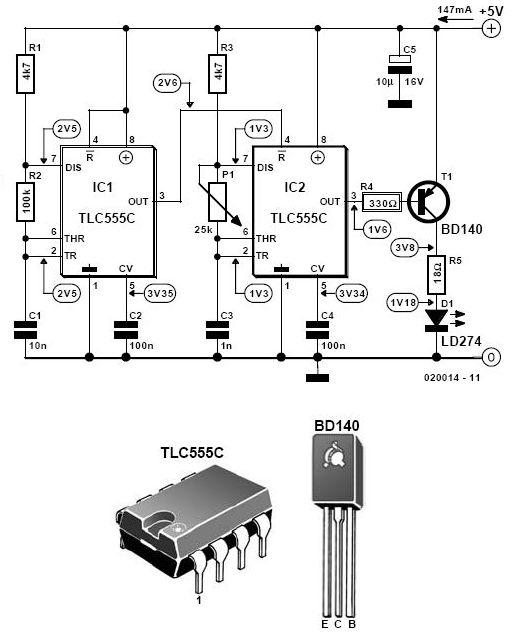
Simple Function Generator Circuit
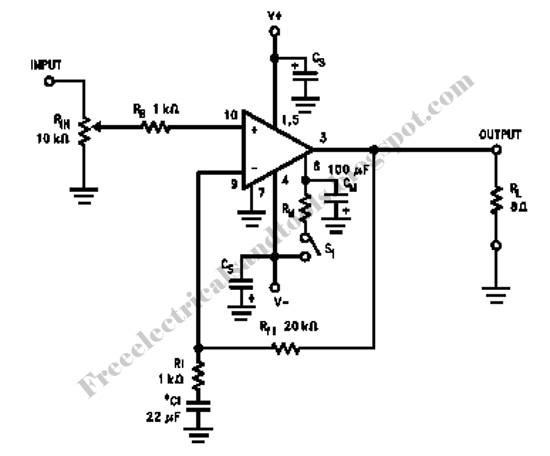
This is a design circuit for a simple function generator. Built around a single 8038 waveform generator IC, this circuit produces sine, square, or triangle waves from 20Hz to 200kHz in four switched ranges. There are both high and low-level outputs.
The function generator circuit utilizes the 8038 integrated circuit, which is known for its precision and versatility in generating various waveform outputs. The IC can create sine, square, and triangle waveforms, making it suitable for a wide range of applications, including testing audio equipment, simulating signals for electronic circuits, and educational purposes.
The circuit is designed to operate within a frequency range of 20Hz to 200kHz, allowing users to select from four different frequency ranges through a series of switches. This feature enhances usability by accommodating various testing requirements. The output levels are designed to provide both high and low outputs, catering to different interfacing needs with other electronic devices or circuits.
The 8038 IC operates by utilizing external resistors and capacitors to set the frequency and waveform characteristics. The circuit may include a potentiometer to adjust the amplitude of the output waveforms, providing further flexibility in signal generation. Additionally, appropriate filtering may be implemented to ensure clean output signals, particularly for the sine wave output.
Power supply requirements for the circuit typically involve a dual supply voltage, which is necessary for the proper functioning of the 8038 IC. The circuit layout should be carefully designed to minimize noise and ensure stable operation, particularly at higher frequencies.
In summary, this function generator circuit is a practical tool for generating a variety of waveforms with adjustable frequency and amplitude, making it an essential component in many electronic testing and development environments.This is a design circuit for simple function generator. Built around a single 8038 waveform generator IC, this circuit produces sine, square or triangle waves from 20Hz to 200kHz in four switched ranges. There are both high and low level outputs whic .. 🔗 External reference
The function generator circuit utilizes the 8038 integrated circuit, which is known for its precision and versatility in generating various waveform outputs. The IC can create sine, square, and triangle waveforms, making it suitable for a wide range of applications, including testing audio equipment, simulating signals for electronic circuits, and educational purposes.
The circuit is designed to operate within a frequency range of 20Hz to 200kHz, allowing users to select from four different frequency ranges through a series of switches. This feature enhances usability by accommodating various testing requirements. The output levels are designed to provide both high and low outputs, catering to different interfacing needs with other electronic devices or circuits.
The 8038 IC operates by utilizing external resistors and capacitors to set the frequency and waveform characteristics. The circuit may include a potentiometer to adjust the amplitude of the output waveforms, providing further flexibility in signal generation. Additionally, appropriate filtering may be implemented to ensure clean output signals, particularly for the sine wave output.
Power supply requirements for the circuit typically involve a dual supply voltage, which is necessary for the proper functioning of the 8038 IC. The circuit layout should be carefully designed to minimize noise and ensure stable operation, particularly at higher frequencies.
In summary, this function generator circuit is a practical tool for generating a variety of waveforms with adjustable frequency and amplitude, making it an essential component in many electronic testing and development environments.This is a design circuit for simple function generator. Built around a single 8038 waveform generator IC, this circuit produces sine, square or triangle waves from 20Hz to 200kHz in four switched ranges. There are both high and low level outputs whic .. 🔗 External reference
